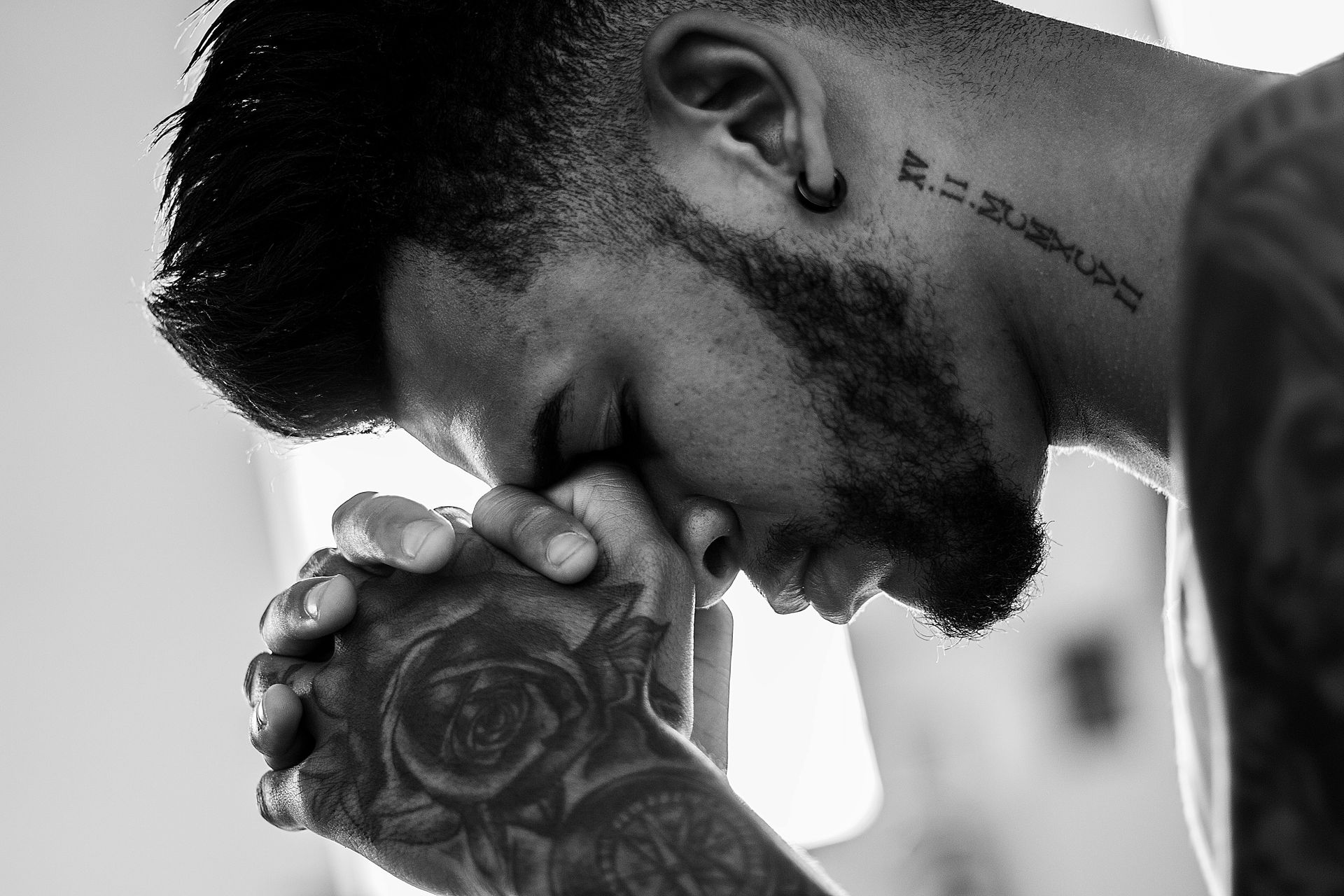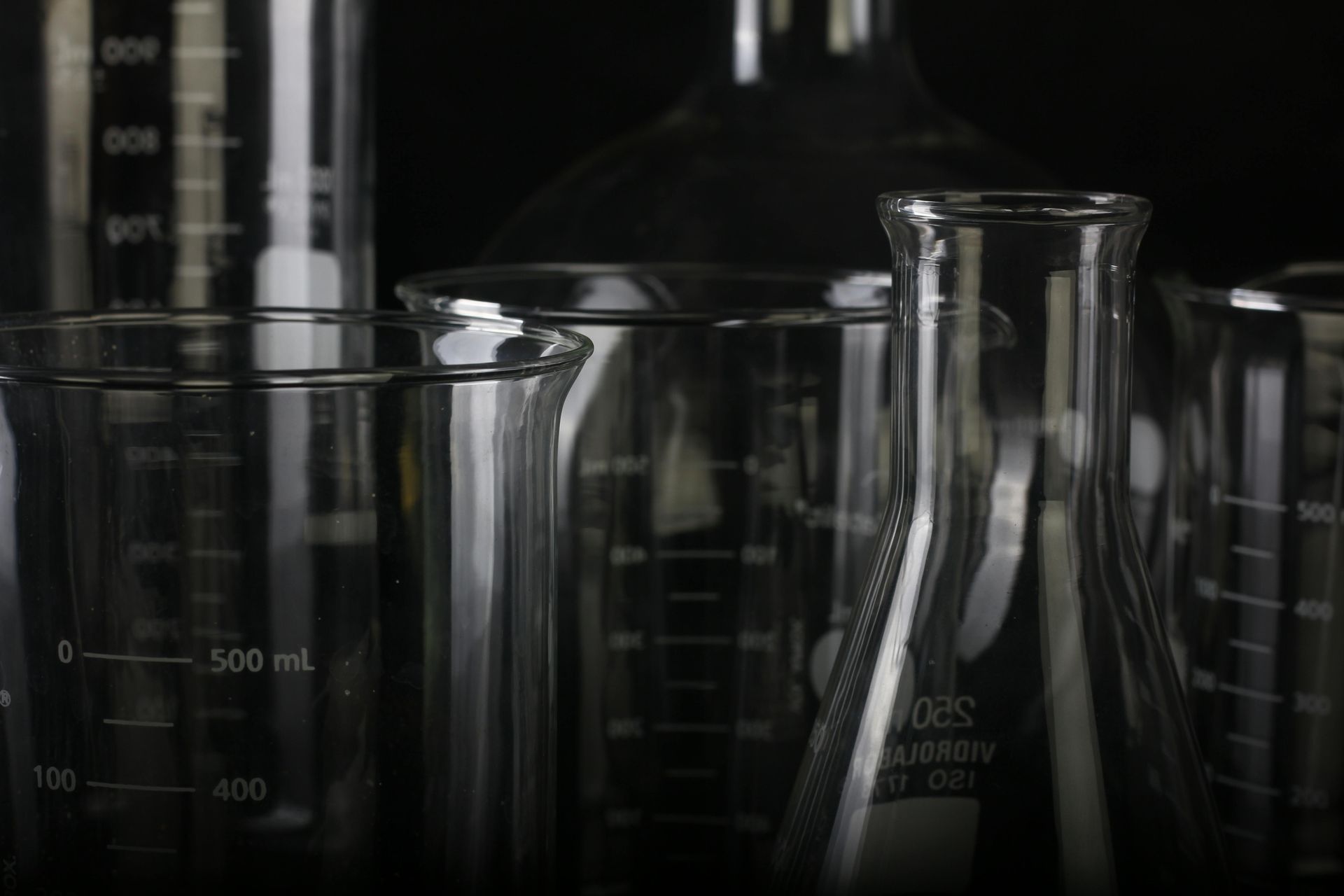A Kick into the World of ACL Surgeries
A Kick into the World of ACL Surgeries
Zulal Pehlivan
In the midst of the stadium's lively atmosphere, where the sound of footsteps on the field carries the essence of the game, my connection to football has always been deeply rooted. However, hidden within the excitement lies a silent threat—the susceptibility of athletes, especially those in football, to ACL injuries. Having witnessed the profound impact of these injuries, I am eager to shed light on the world of ACL surgeries.
A surgeon who I had a chance to observe informed me that most ACL damage happens from sudden movements or rotation changes. This revelation has significantly influenced my approach to the game, prompting a more cautious engagement. ACL surgeries are emotionally harming for both the players and their families, because they have to stay at home while recovering, and stay away from their passion of playing football while their peers advance significantly in their careers.
The anterior cruciate ligament (ACL) is one of the two cruciate ligaments which stabilises the knee joint by preventing excessive forward movements of the tibia or limiting rotational knee movements. However, sports like football demand physical prowess and quick directional changes, which can result in ACL tornage. National Library of Medicine statistics show that the majority of professional football players (90-93%) are able to return to the pitch after having ACL reconstruction, although only 60-65% still compete at the same preinjury performance 3–4 years after the injury.
ACL injuries are identified by a popping sound from the knee and swelling starts to be seen. It is diagnosed by an MRI machine, which uses radio waves and a strong magnetic field to create images of both hard and soft tissues in your body. An MRI can show the extent of an ACL injury and signs of damage to other tissues in the knee, including the cartilage. Subsequently, ACL reconstruction surgery becomes necessary.
ACL surgery is such a common procedure in hospitals; in a single day, I observed three ACL surgeries, two involving men and one a woman, all of whom were athletes, and two of whom were football players…
Firstly, the patient is taken under general anaesthetics, where they are completely unconscious and unable to feel pain. When the patient is unconscious they are brought to the surgical theatre where the surgeon examines the inside of the knee with medical equipment called an arthroscope.
A number of tissues can be used to replace the ACL, but the surgeon in my theatre has decided to use hamstring tendons. This was discussed with the patients beforehand, and was the right decision for them because using hamstring tendons had a better chance of improving the recovery for athletes. These tendons are stronger than allograft tissues.
Furthermore, arthroscopy (keyhole surgery) is when a thin, flexible cable, with a light, tiny camera attached to it, is inserted into the knee through a small incision made beforehand. The arthroscopy relays images of the knee to a television monitor where the surgeon and the nurses are able to see ACL damage to figure out which parts have to be replaced. Underneath the knee, smaller incisions are made for other medical equipment to enter. The surgeon uses these instruments to remove the torn ligament. Then the surgeon removes two tendons of healthy hamstring tendons from under the knee. The two healthy tendons will be made into a tight, DNA-like-shaped helix and then staples are used to make them more secure. The resultant item is inserted into the same place as the old ACL and held with screws and staples, which will remain in the knee permanently.
Following ACL surgery, understanding the rehabilitation process is fundamental for the patient's readiness to return to normal life. Hardwork and dedication are essential for football players if they want to get back on the pitch with full potential to show preinjury level playing. Statistics by National History of Medicine show that after an ACL surgery, the mean time to return back to training is 192 days, and to return back to playing matches is 239 days. Recovering is absolutely possible after such a difficult procedure. Take Radamel Falcao, the Colombian front-man, - he bounced back emphatically from the setback of ACL surgery, becoming one of the most feared centre-forwards in South America and then the world.
In the world of ACL surgery, where precision mends what once seemed broken, athletes embark on a journey back to the field. With each surgical stitch, a story of resilience unfolds—a tale of determination and love for the game. As the operating room fades, the cheers of the stadium beckon, promising a return to the pitch. Here, the scars become badges of strength, and the recovery is a triumph of the spirit. With every step, athletes stride towards a positive future, reminding us that, in the end, the game always continues.



